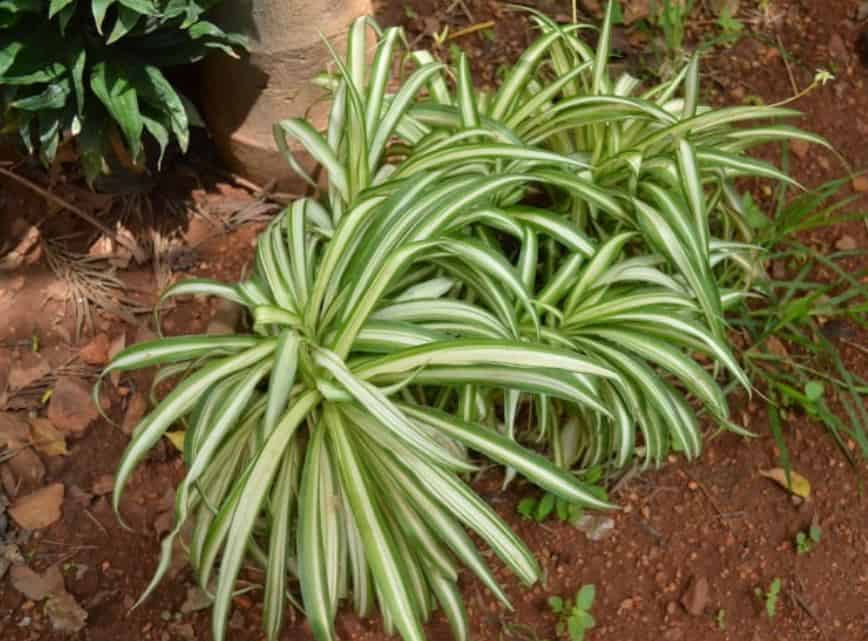You may be surprised to learn that spider plants can be utilized as a groundcover if you are used to seeing them in indoor hanging baskets. Spider plants, however, naturally grow on the earth. People in warm regions have used spider plants as a ground cover for years. If you consider utilizing garden spider plants as a groundcover, keep reading to discover all you need about caring for them.

Spider Plant Groundcover
Spider plants resemble green spiders with their long, thin, trailing leaves. They are excellent plants for novice gardeners since they are surprisingly tolerant of subpar cultural practices and easygoing.
Many people keep a few spider plants in their homes in pots or hanging baskets. These luscious beauties may be grown in outdoor garden beds or as groundcover for spider plants in warmer regions, such as USDA plant hardiness zones 9b to 11.
Using Spider Plant as Groundcover
You already know how quickly spider plants grow if you have ever had one. During this time, a plant often produces “babies,” or plantlets, which emerge from the tips of protruding stolons. These tiny spider plants form roots when they contact the earth.
Baby spider plants may be removed from the stolons and will develop into separate plants. The young plants may remain tethered to their parents in an outside environment. They easily root, spreading the luscious greenery onto new land.
Care for Spider Plants in Gardens
Be careful to sow spider plants in well-draining soil if you want to utilize them as a groundcover. They tolerate many gardening transgressions, but if their roots are in the muck, they will not grow.
Alternatively, you may plant them in either full sun or light shade. In warmer climes, filtered sunlight is the perfect outdoor environment.
Precision is not required, but irrigation is still crucial. Water when the soil’s top is dry, but do not worry if you forget for a week; the plants will not perish. Its robust roots are designed to withstand a range of water availability.
You may fertilize the plants in the spring and summer if you wish to. If you don’t, spider plants will probably grow nicely anyhow.


